In today’s fast-paced world, more individuals and couples are rethinking the timeline of parenthood. Career goals, medical conditions, lifestyle choices, or simply the desire to wait for the right time have made fertility preservation one of the most sought-after solutions in reproductive medicine. By 2025, advancements in reproductive technologies are not just limited to egg freezing but extend to innovative methods that ensure the possibility of parenthood in the future.
This blog explores what fertility preservation means, who should consider it, and the latest options available in 2025-from egg freezing to the emerging frontiers of reproductive science.
What is Fertility Preservation?
Fertility preservation refers to medical and scientific methods that allow individuals to safeguard their ability to have biological children at a later time. It works by preserving eggs, sperm, embryos, or even reproductive tissues before age or medical conditions impact fertility.
This concept is especially crucial for:
> Women delaying pregnancy for personal or career reasons.
> Cancer patients undergoing chemotherapy or radiation that may harm fertility.
> Individuals with genetic conditions affecting reproductive health.
> Couples who want to keep their options open for future family planning.
By 2025, the field has expanded significantly, offering choices beyond traditional egg or sperm freezing.
Egg Freezing: The Gold Standard
Egg freezing, or oocyte cryopreservation, remains the cornerstone of fertility preservation. The process involves stimulating the ovaries, retrieving eggs, and freezing them using advanced vitrification techniques. These eggs can later be thawed, fertilized with sperm, and implanted as embryos.
Why Egg Freezing is Popular in 2025:
> Improved Success Rates: Advances in vitrification have increased survival rates of thawed eggs to nearly 90%.
> Extended Storage Periods: Eggs can now be stored for decades without compromising quality.
> Accessibility: More fertility clinics worldwide are offering affordable packages for egg freezing, making it less of a luxury and more of a practical choice.
Egg freezing gives women more control over their reproductive timeline, ensuring that biological age does not dictate their family planning choices.
Embryo Freezing: A Strong Alternative
For couples in relationships, embryo freezing continues to be a reliable fertility preservation method. Fertilized embryos are frozen and stored, often with higher success rates upon implantation compared to frozen eggs.
By 2025, embryo freezing benefits from:
> AI-based Embryo Selection: Artificial intelligence helps select the healthiest embryos for freezing.
> Genetic Screening Advances: Preimplantation genetic testing (PGT) allows screening for hereditary diseases, giving couples peace of mind.
Sperm Freezing: Simple Yet Effective
Men too are considering fertility preservation in growing numbers. Sperm freezing is quick, minimally invasive, and cost-effective. It is especially recommended for men facing:
> Cancer treatments.
> Vasectomy planning.
> Age-related decline in sperm quality.
In 2025, sperm freezing success rates have increased due to better cryoprotectants and lab techniques that minimize DNA fragmentation during freezing and thawing.
Ovarian Tissue Preservation: Emerging Hope
A breakthrough in fertility preservation has been ovarian tissue cryopreservation. This method involves surgically removing and freezing ovarian tissue that contains immature eggs. Later, the tissue can be reimplanted to restore natural fertility.
Advantages in 2025:
> Beneficial for prepubescent girls who cannot undergo egg freezing.
> Provides hormonal restoration in addition to fertility.
> Growing success stories worldwide, with healthy live births reported.

Testicular Tissue Preservation: Expanding Male Options
For boys and men unable to produce mature sperm, testicular tissue preservation is gaining attention in 2025. Scientists are freezing tissue containing stem cells that can later be matured into sperm.
Though still experimental, this represents a revolutionary step in making fertility preservation accessible to younger males at risk of infertility due to cancer treatments or genetic disorders.
The Future of Fertility Preservation: Beyond Freezing
By 2025, fertility preservation is no longer only about freezing eggs or sperm. Several new technologies are on the horizon:
1. In Vitro Gametogenesis (IVG)
A groundbreaking technique where stem cells are turned into eggs or sperm in a lab. IVG could redefine fertility preservation by allowing individuals who never froze gametes to create them later in life.
2. Uterus Transplants
For women who cannot carry a pregnancy, uterus transplantation combined with IVF is becoming a promising option. Clinical trials in 2025 are showing encouraging outcomes.
3. Gene Editing for Embryo Health
Though still ethically debated, CRISPR and related technologies may soon allow the correction of genetic mutations before embryos are implanted, providing healthier outcomes for families.
Who Should Consider Fertility Preservation in 2025?
Fertility preservation is not just for one group-it is an inclusive option for diverse individuals:
> Professionals: Delaying parenthood for career or personal reasons.
> Cancer Survivors: Protecting fertility before life-saving treatments.
> Genetic Risk Carriers: Individuals at risk of hereditary infertility or diseases.
> Couples: Wanting to plan families later without biological limitations.
> LGBTQ+ Individuals: Preserving biological options for parenthood before transitioning or medical treatments.
Ethical Considerations and Counseling
While science is advancing rapidly, the ethics of fertility preservation are equally important. Counseling ensures individuals understand success rates, costs, emotional impact, and legal aspects like storage duration and rights over frozen gametes.
In 2025, fertility clinics emphasize personalized counseling to help people make informed choices that align with their values and long-term goals.
Conclusion
As of 2025, fertility preservation is no longer a futuristic concept but a practical reality empowering individuals to take charge of their reproductive future. From egg and sperm freezing to ovarian and testicular tissue preservation, and even cutting-edge technologies like in vitro gametogenesis, science is opening doors to possibilities that once seemed impossible.

